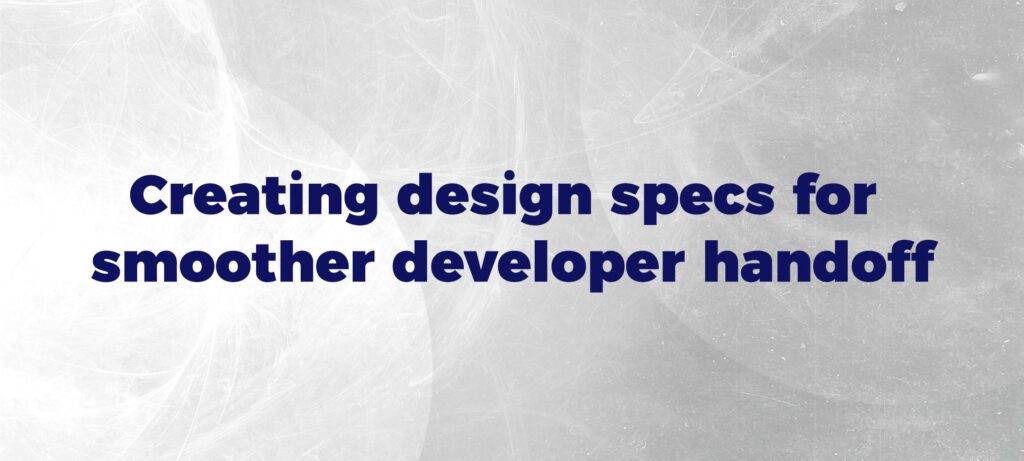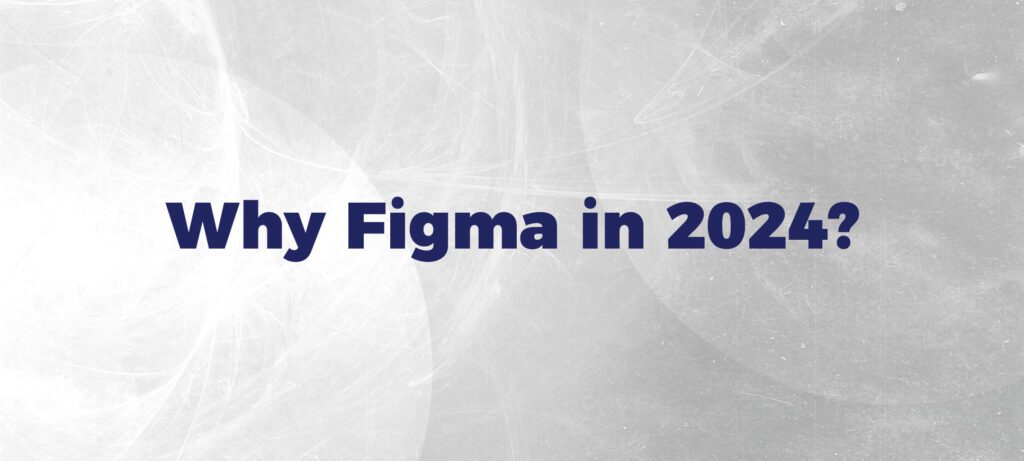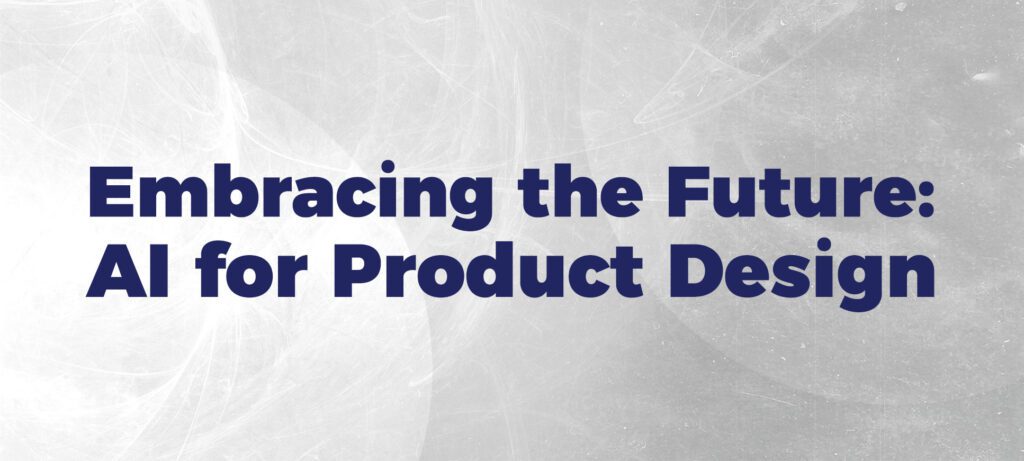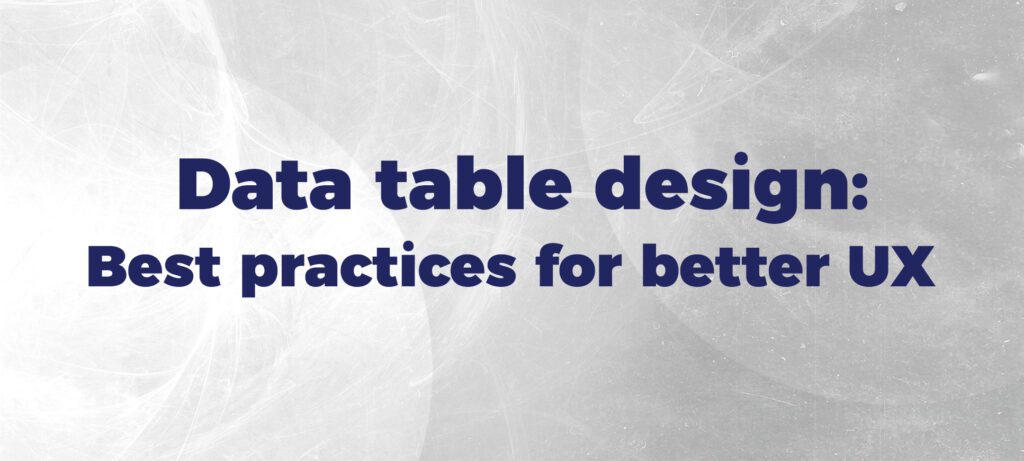Over the last two years, I have reviewed more than 40 portfolios of junior UX designers during free weekly sessions, and I have consistently observed the same issues and concerns.
In this article, I will outline what these issues are and provide guidance on how to address them.
P.S.: “These statements are based on my experience and the knowledge I’ve gained from these meetings.”
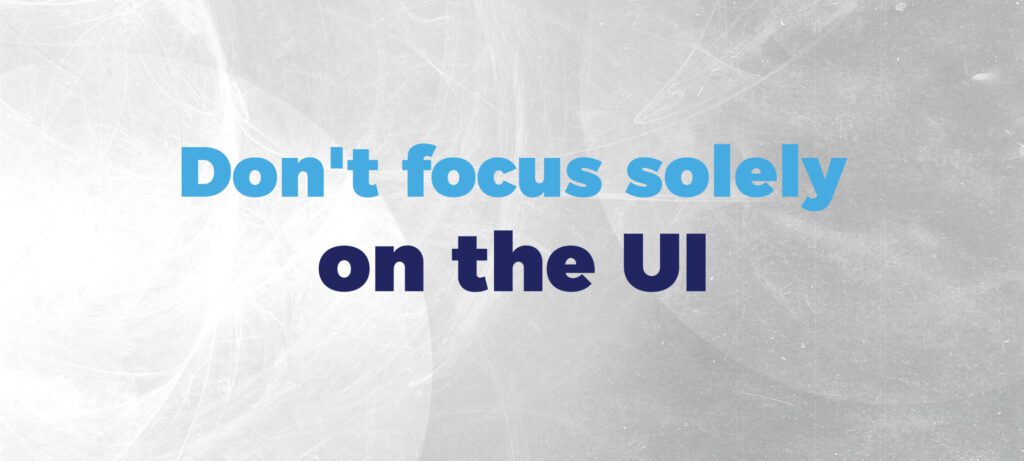
Don’t focus solely on the UI.
Hiring managers are looking for individuals capable of solving user problems. You should demonstrate how you addressed these challenges, as showcasing the UI alone is insufficient. Display every aspect of your research. Don’t be concerned about the length; even if the project is substantial, try to present it in a user-friendly manner to engage your audience.
Consider the example of Harry Potter, Game of Thrones, Lord of the Rings, and other fan bases who don’t mind reading extensive content when they are engaged. So, scrolling is not an issue as long as your users are invested. Moreover, if you add elements to your project, they must be readable. I’ve seen people include small sticky notes or images that are difficult to decipher, leading to a poor user experience.
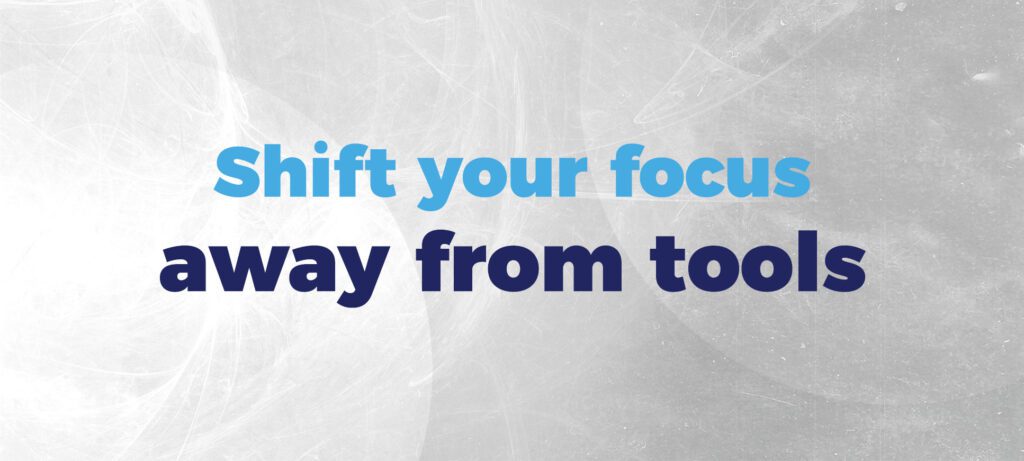
Shift your focus away from tools.
I’ve noticed that some individuals become overly preoccupied with tools like Figma and neglect the study of UI/UX concepts. While Figma is important, tools can change over time and be replaced by others. Your primary focus should be on learning how to apply UX principles rather than solely mastering software buttons.
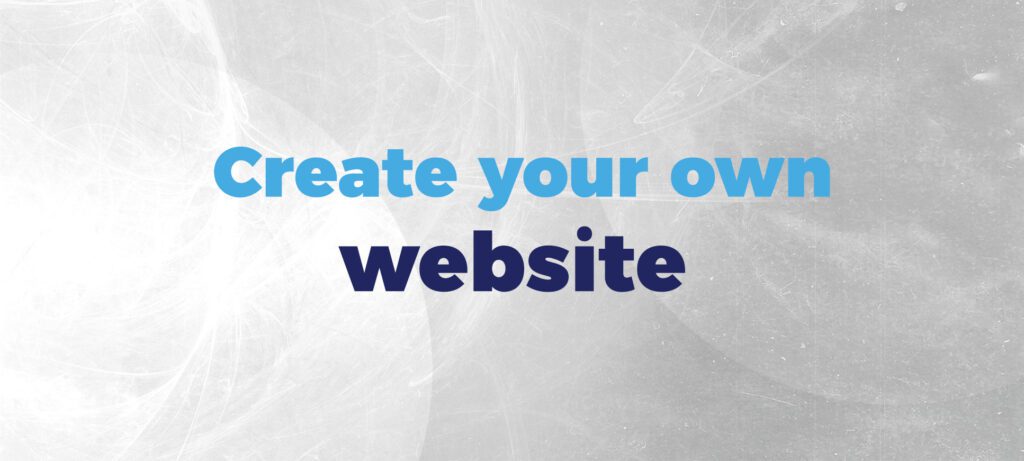
Create your own website.
Behance is a valuable platform for showcasing your projects, connecting with professionals, and finding inspiration from other designers’ work. However, I always advocate for designers to have their own websites.
On Behance, you are constrained by its template and user experience, limiting your ability to showcase your unique self. Furthermore, how can you sell the idea of being the right professional for creating exceptional UX if your portfolio’s experience is deficient or just a typical Behance profile? Another point to consider is that almost everyone has a Behance profile.
Imagine a scenario where you are in a job interview, and the company is deciding between you and another candidate. You have an amazing Behance portfolio, but the other candidate has a fantastic website with more projects and a spectacular UX. Who do you think will get hired?
Keep in mind that a website alone is not a guarantee; it’s a combination of impressive projects and creativity. If your work is unsatisfactory, the website won’t make much of a difference.
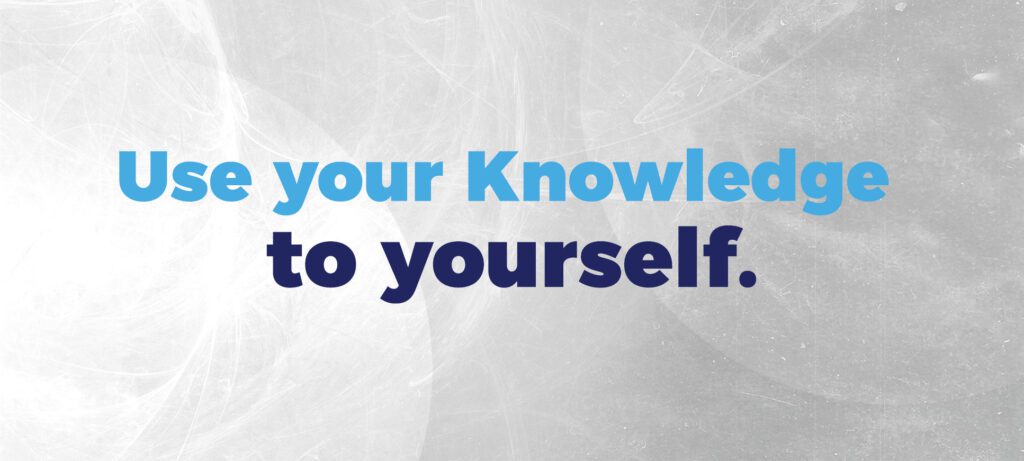
Use your knowledge to yourself.
As mentioned earlier, having a website can be a significant differentiator. Why not apply your UX knowledge to yourself?
- Check other designers’ websites: Seek inspiration and understand current market trends.
- Talk to people: Identify your target users (often other designers, recruiters, developers, marketers, product managers, product owners, and hiring managers). Conduct interviews to understand what they expect to see in a UX designer’s portfolio. Don’t forget to record these interviews for further analysis, and seek their consent if you intend to share the information.
- Create personas: Based on your user research, create personas to humanize your audience.
- Map functionalities: Start by mapping out the functionalities and interactions, creating site maps, user flows, and low-fidelity wireframes. Consider all possibilities and evaluate technological limitations.
- Develop the UI: Craft your own unique identity, showcasing your UI style. This project is an opportunity to display your knowledge and even create your own design system and brand guidelines.
- Test, test, test: Once you have a high-fidelity prototype, it’s time to conduct user testing. Reconnect with the people you interviewed and observe how they navigate your website. Don’t be afraid of negative feedback; embrace it and use it to enhance your project.
- Write a conclusion: Summarize your project and share the insights you’ve gained throughout the process.
- Show your personality: Your website is a platform to reveal the person behind the professional. Share your personal preferences, hobbies, causes you support, your educational background, and most importantly, your CV.
By doing so, you can establish a connection with the people viewing your portfolio. They may find common interests, such as a shared musical taste or support for the same cause. This connection can put you ahead of your competitors subconsciously.
Are you a junior designer? Do you encounter these issues in your job search? If you are an experienced designer, do you agree or disagree with these statements? Please share your thoughts in the comments.”
Written by: Rafael de Rezende Basso
Follow on LinkedIn


